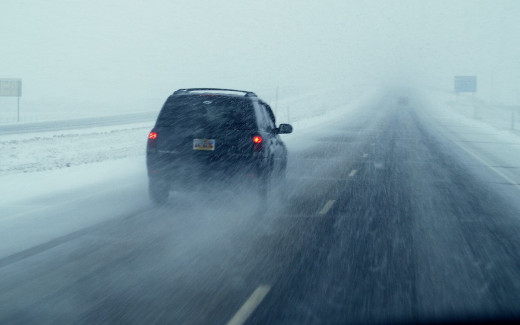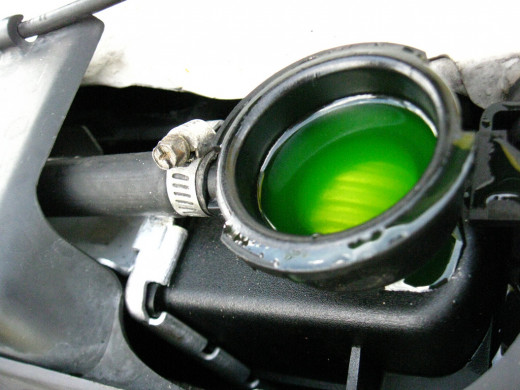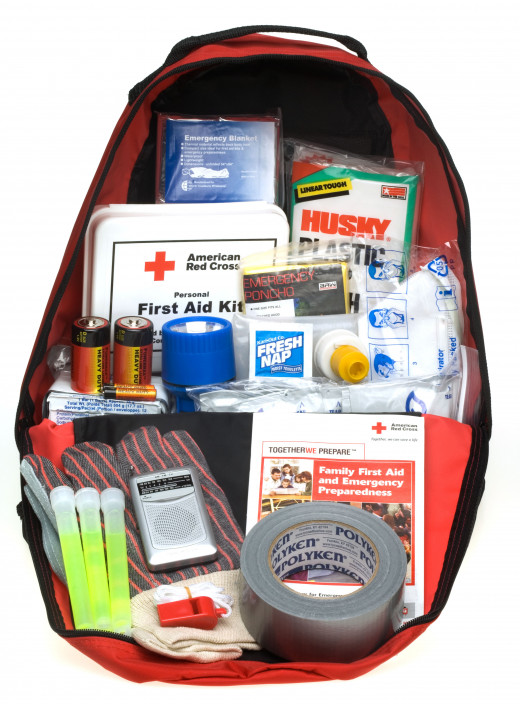Prepping your Car for Winter, 5 Things you Need to Check

1. Check your tires and replace if necessary.
It’s safe to say winter is considered one of the most dangerous times to drive. With the accumulation of snow and ice on the roads, it becomes very hazardous for even short trips around town. If your tires are too worn down, it can become even more dangerous. Tires without enough tread are highly susceptible to sliding and not properly gripping the slick road.
So before the first snow fall hits, it’s highly recommended to measure the tread of your tires. Most state laws say tires are legally worn out when there is 1/16” or less of tread remaining on a tire. This is typically indicated by a “wear bar” which runs across the width of the tire from the outside shoulder to inside. This wear bar is only shown when a tire reaches 1/16” of an inch. . While this is what the law says, with the snow coming, it’s a good idea to replace your tires well before you hit this mark. Most mechanics will recommend to replace before your tires reach 5/32”.
So how do you measure this? Well for what we’ll call winter depth (5/32”), take your standard U.S. penny and place it in 3 or 4 different spots on your tire with the back facing you. If the top of the Lincoln memorial is not visible, this means you have a little more than 6/32” of tread remaining, which is just enough for winter. If you can see the top of the Lincoln memorial or more, it’s time to buy new tires.

2. Check your antifreeze.
The antifreeze in your vehicle is the gooey-green liquid that helps to protect your cooling system from corrosion, freezing, and even overheating. It does this by elevating the boiling point of the water in the system while simultaneously lowering its freezing temperature. For winter, we want to make sure there is enough to keep the water in your cooling system from freezing.
In the spring, summer, and early fall months a 50/50 ratio of water coolant is ideal, however in the winter, it doesn’t hurt to change the ratio a bit. Since colder temperatures will be coming, a ratio of 40/60 of water to coolant isn’t a bad idea. If you have the means of doing this, do it. If not, simply check to make sure there is a sufficient amount of antifreeze in the coolant tank. There is typically a line which will indicate how much to have.
3. Check your battery.
In the winter, there aren’t many other things worse than going out to start your car in the morning only to find that your battery is dead. What could make matters worse is if you get stranded at work or the grocery store without any access to jumper cables. An easy way to prevent this type of situation is to listen to your car!
By listening for a couple tell-tell signs, you’ll be able to quickly determine if it’s time for a new battery.
1. Engine cranks but it doesn’t start
- Simply put, if it sounds like it wants to start, but just can’t get enough power to turn over, odds are it’s probably the battery.
2. Your car doesn’t do anything when you turn the key
- A pretty obvious sign right here, but if you turn the key and absolutely nothing happens, no lights, no sound, check the battery.
3. Turning over is difficult, especially in cold weather
- Cold weather is very unforgiving on your car and when the temperature drops it becomes much harder on your battery. If the engine struggles, but does start it still may be time for a new battery. If you have to do this more than a couple times a week, it would be wise to purchase a new battery before you’re stuck in the cold.
Where can I get a new battery?
You can get a new battery just about anywhere nowadays, but it’s best to purchase from a reputable auto-specific store such as Napa, AutoZone, or O’ Reilly. These stores will carry brand name batteries which offer much higher quality than your standard Wal-Mart battery. Most of these auto parts stores will even put it in for you if you ask nicely.

4. Check your trunk and emergency kit.
It may sound a little odd to check your trunk for winter, but now is the perfect time to clean out any extra debris that has been sitting in your trunk the entire summer. Once you have cleaned out your trunk, it’s time to buy an emergency kit if you don’t have one, or upgrade your current one.
Roadside emergency kits can be found at most popular auto parts stores like the ones listed in above. They contain a number of valuable items such as flares, caution triangles, an emergency blanket, jumper cables and other items that are crucial if you were to become stranded or having car troubles.
Your average kit will usually only cost around $40-$70 depending on where you get it, but regardless of price it is well worth the investment. After you have purchased an emergency kit it’s time to make it winter ready. In addition to the items already provided I suggest purchasing a storage tote or some sort of thick vacuum seal bag. In this, I would recommend to place a minimum of the following
- A blanket
- Matches
- Extra, warm clothing (long sleeve shirts, underwear, socks, sweatpants, gloves etc.)
- A towel
- Hand and/or feet warmers
- Can of de-icing spray
Do you have an emergency kit in your car?
5. Check your oil and other fluids.
Seems pretty straightforward, but did you know there are different types of oil for different vehicles and driving conditions? I’m sure you’ve heard it before where the mechanic told you, “Your car looks good, we topped of the fluids, put in a new filter, and filled it with 10w….” and that’s the point where you either have stopped listening or don’t have a clue what any of the specific oil jargon means.
For the sake of simplicity, there are two types of oil which are pretty standard in the automotive industry, 10w-30 (thicker) and 5w-30 (thinner). Although there a number of other types of oil out there, we’ll look at these two conventional oils.
10w-30 a thicker oil which is better suited for warmer months and summertime while 5w-30 is typically better for colder months. What’s the difference? 10w-30 is thicker in nature and during those warmer months will heat up and thin out a bit to provide maximum efficiency to the engine. On the other hand 5w-30 is a thinner oil, better suited for colder months. This is because as the temperature drops, the oil will become slightly thicker, which again helps to provide maximum protection and efficiency for the engine. There is an optimal viscosity of oil for the engine to run, and each oil attempt to achieve this by thickening or thinning based on the environment.
While avoiding the deep technical aspect of engine oils, take a look at the first number, as in the “10” in “10w-30”. If you live in a colder climate, a lower number is general better. If you live in a warmer climate, a “10w-30” or higher is generally better. There are other factors that play into this such as the age of your car, the model, and the number of miles on your car, so it may be best to consult with a certified technician before making any specific changes. However, if you plan on changing your oil yourself, 5w-30 is typically a pretty safe option to go with during the colder months.
Also, be sure to check all other miscellaneous fluids such as windshield wiper fluid, power steering fluid, brake fluid, and transmission fluid. If any of these fluids are low or below the recommended amount, fill them to the amount designated in your car’s handbook.



